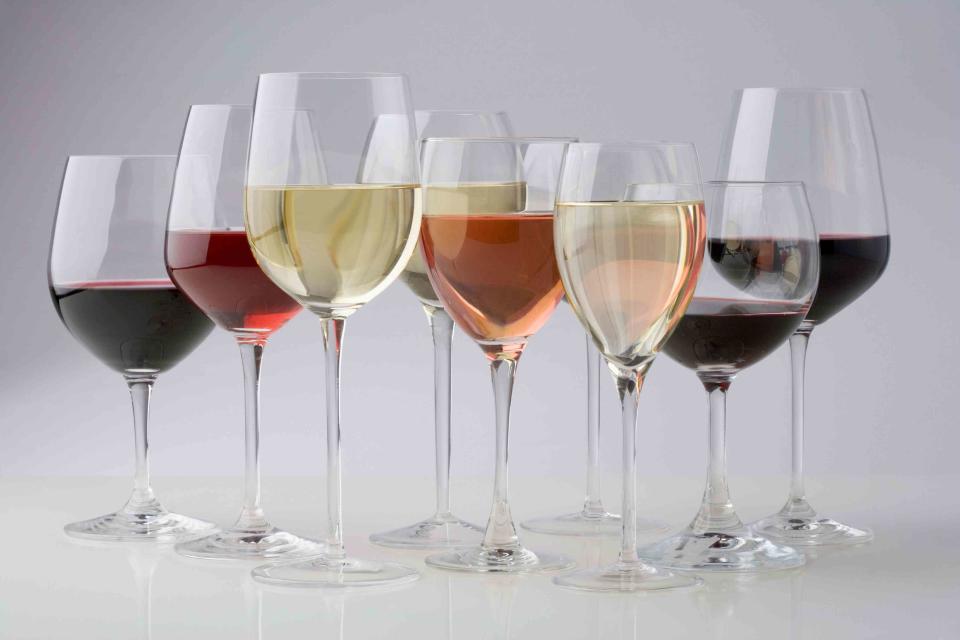What the Pros Look for When Taste Testing Wine
Want to impress your friends? Here's where to start.

Tetra Images / Getty Images
Sabato Sagaria may not always know what he’s sipping on, but he’s likely got a very good guess.
The restaurateur and Master Sommelier has been a part of his fair share of masked taste tests, accurately pinpointing which varietals he’s sipping on almost all the time. And he’s spilling his secrets at this year’s Food & Wine Classic in Aspen, so others who want to put on a taste test at their homes can impress their friends and family too.
“Each sense gives different clues, so it is important to look at them together rather than let one take you down the wrong path,” Sagaria shares about what to look for first. “For me, a wine’s structure (acid, tannin, alcohol) is its unique fingerprint that can give you the most insight as to what it might be.”
Related: The Most Extreme Wine Tastings Around the World
As for if there are any dead giveaways that can help people in a masked taste test, Sagaria emphatically replies, “Never! That would be too easy.” However, what can help is attempting to isolate unique characteristics to narrow down the options. “For example, if it is off-dry or an oaked white wine, you can narrow it down to a handful of varietals pretty quickly and then really kick the tires on the other elements to help deduce what it could be,” Sagaria says.
So, how long does it take him to narrow down his educated guess? Four minutes and 10 seconds. But that’s because that’s the exact time he had per wine as part of the Master Sommelier exam.
“The longer you take, the more likely you will talk yourself out of the right answer,” Sagaria shares, adding, “on the flip side, if you latch on to just one characteristic without taking into account all the other clues, you are also probably going to shoot yourself in the foot.”
If you want to put on a taste test at home, Sagaria suggests starting small by trying wines of the same color and placing them side-by-side.
“It gives you a chance to compare in the moment rather than memory and can help highlight differences,” he says. Additionally, “stick with classic wines that have a sense of place (your local wine shop can help you with some great suggestions). It isn’t about playing gotcha, it's about being able to identify the styles and characteristics of a wine from a specific place and grape. A red wine blend from native Greek varietals most people can’t pronounce might be delicious, but if only the winemaker could correctly identify it, that is more of a parlor trick than a test of skill.”
For more Food & Wine news, make sure to sign up for our newsletter!
Read the original article on Food & Wine.

